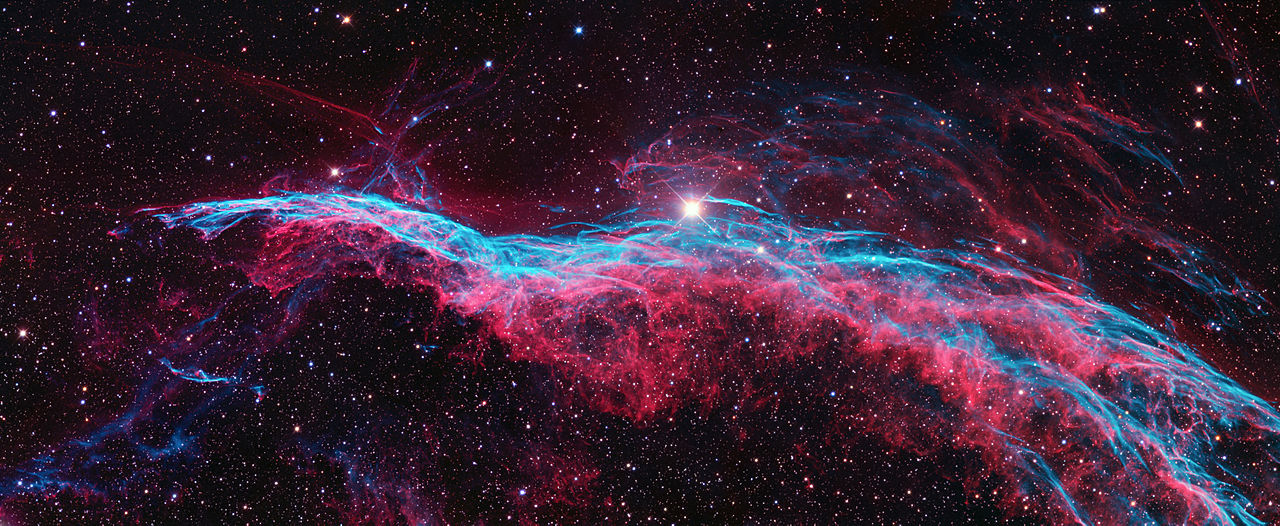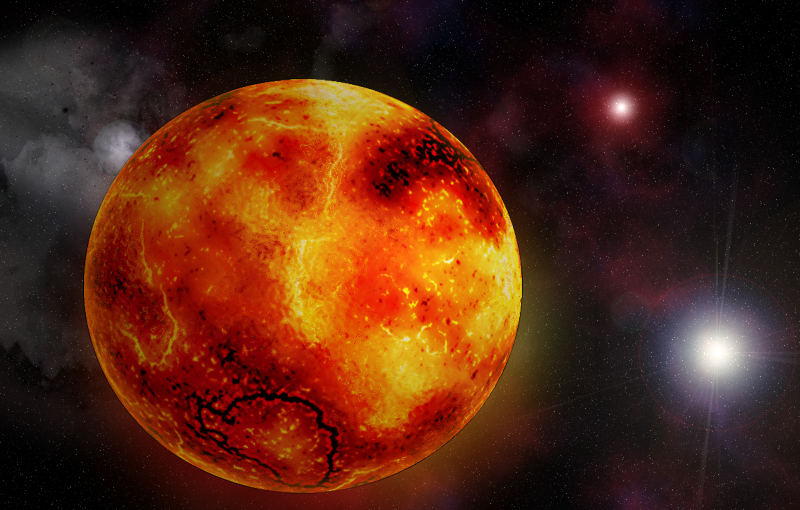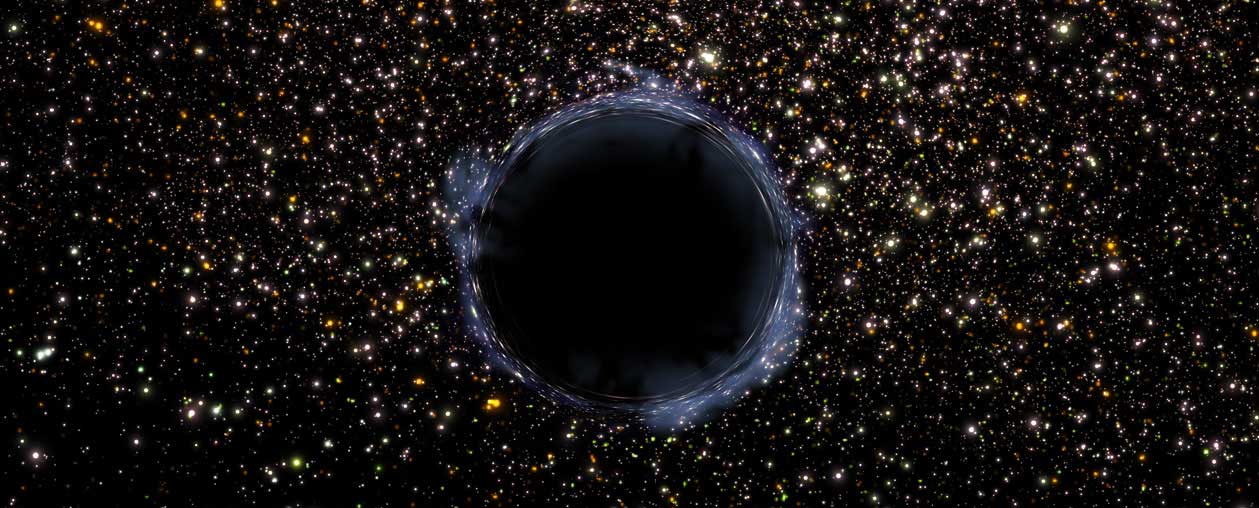A star is a self-luminous celestial body which converts nuclear energy into heat, light and other radiant energies. There are millions of stars in the universe. They are not uniformly distributed but are collected together in a group called galaxy. The Sun is also a star which is the member of the Milky Way Galaxy and it is the nearest star from the Earth.
Birth of Stars
The interstellar space is filled with clouds of dust and gases (mainly Hydrogen). The clouds of dust and gases is called nebula. Whenever the mass of such nebula exceeds a certain amount called the jean mass, the nebula begins to contract due to weak gravitational attraction between the particles. The gravitational pulls brings more and more nebula into concentrated lump forming a protostar.

Due to the contraction, the clouds heats up, the pressure inside the clouds also rises. Due to continuous contraction, these clumps attracts more mass and they heated up due to contraction. The temperature rises and the process is repeated. A stage is reached when nuclear reaction starts in it, then the temperature of the central core would be about 107 Kelvin (K) and at this temperature, the hydrogen atoms(H) in core starts converting into helium(He) atoms by fusion with tremendous release of energy.
It can be shown by following reaction:
41H1→ 2He4 + Energy
This energy keeps the stars shining for billions of years. The star is stable because of the balance achieved between the inward gravitational force and the outward pressure of radiation from the burning of hydrogen.
Death of Stars
Death of star is due to shortage of hydrogen fuel for nuclear reaction.
Formation of Red Giant
When the hydrogen is completely converted into helium in the central core of the star, there is no more production of heat. Thus, the outward radiating pressure will become zero. As a result, there is only inward gravitational pull. Due to this, the star contracts continuously and the temperature of the core increases further.
The increase in temperature causes the expansion of the outer layer and the size of the star. There is considerable increase in the size of the star. Due to the expansion, the temperature of the outer layer falls and finally a stage is reached when the star becomes very large in size and turned red in color. This is called red giant.

Supernova / Nova Explosion
A star may remain as a red giant for several million of years. At the end of this stage, the rate of emission of the energy increases enormously and violent explosion occurs called nova or supernova which is due to the formation of heavy elements like: carbon and nitrogen and due to exhaustion of fuel. This explosion throws a large portion of the star into the space. The brightness of the star increases sharply for sometimes and then diminishes and star dies.
After the formation of red giant, the core of the star ends up as one of the following three types:
- White Dwarf
- Neutron star
- Black hole
The initial mass of the star plays an important role when it is at last stage .Depending upon the mass , the following phenomenon occurs.
Formation of white dwarf: If the initial mass of the star was less than or equal to the mass of the Solar mass( mass of the sun), the red giant becomes white dwarf. Since there is no nuclear fusion in the white dwarf, its size condenses to the size of the earth. It’s colors changes from white to yellow and then to red and finally it becomes black and known as black dwarf.
Formation of Neutron star: If the initial mass of the star is between one times of solar mass to five times of solar mass, the red giant becomes a neutron star. When the mass of the star is greater than the solar mass, the contraction of the star is thought to continue until very high densities are reached. At such densities, electrons collide with protons and produce neutron. Eventually, many neutrons are created that the nuclei of the atoms begin to break up and the star is full of neutrons. So it is named as a neutron star. A neutron star doesn’t emit light but sends out radio waves in the form of pulse. Therefore, they are also called as pulsars. The diameter of a neutron star is estimated to be 10-20 kilometers, with its density 1017 Kgm-3 . the neutron star has intense magnetic fields in the order of 108 Tesla.
Formation of Black Hole: If the initial mass of the star is more than five times the mass of the solar mass, the red giant becomes a black hole.

The massive star undergoes uncontrolled contraction because of the inward pull of its own gravity. The contraction of the star continues until the star becomes so dense that nothing not even light, can escape from its gravity. At this stage, the star of mass M are collapsed to radius R given by,
R = GM/c2 , where G is gravitational constant and c is speed of light
In order to become a black hole for our sun , it must contract to a radius of about 300 meter. Thus, a black hole is an object with such an enormous gravitational field that even light cannot escape from its surface. Therefore black hole is invisible and they cannot be seen directly. The presence of black hole can be felt by two ways:
- By the field of its neighboring objects in the sky: If the star is moving towards the invisible star, we can conclude that the star is moving towards the black hole.
- By the detection of X-rays given off by the black hole: As the material swirls into the black hole, it becomes very hot and gives off X-rays. These rays can be detected.